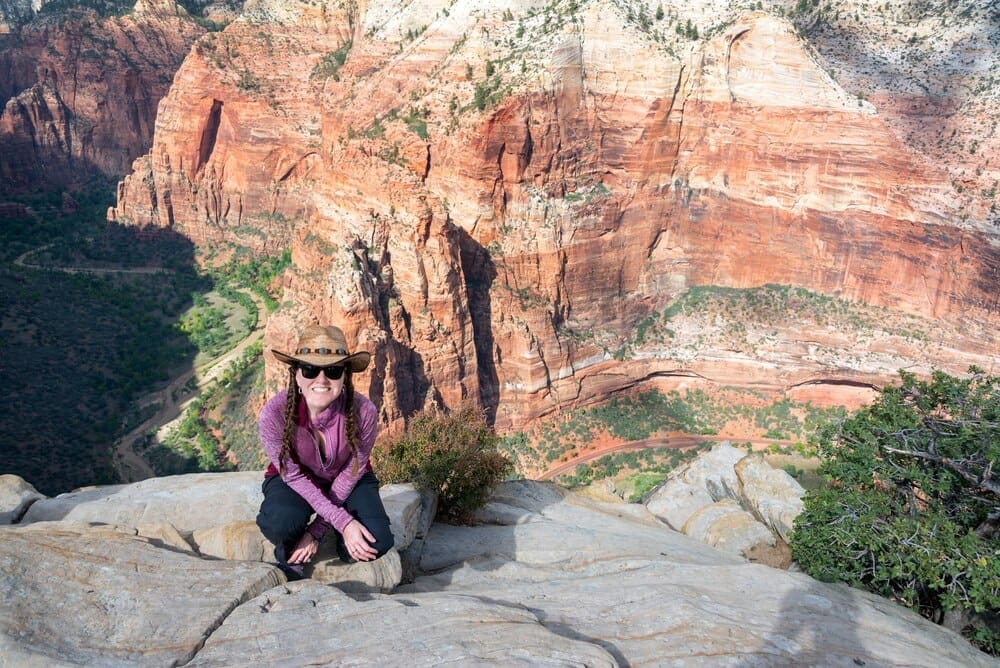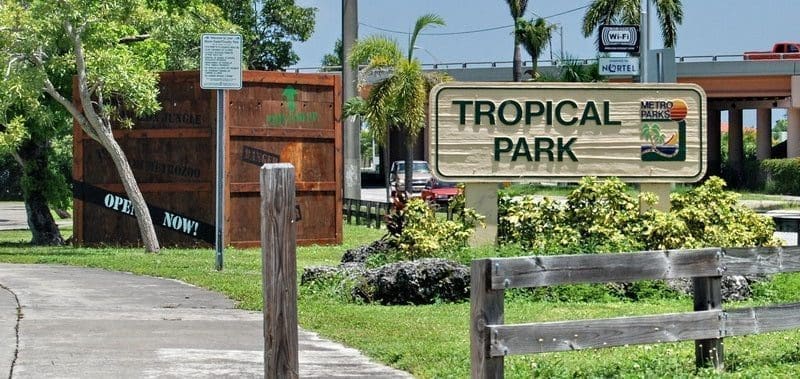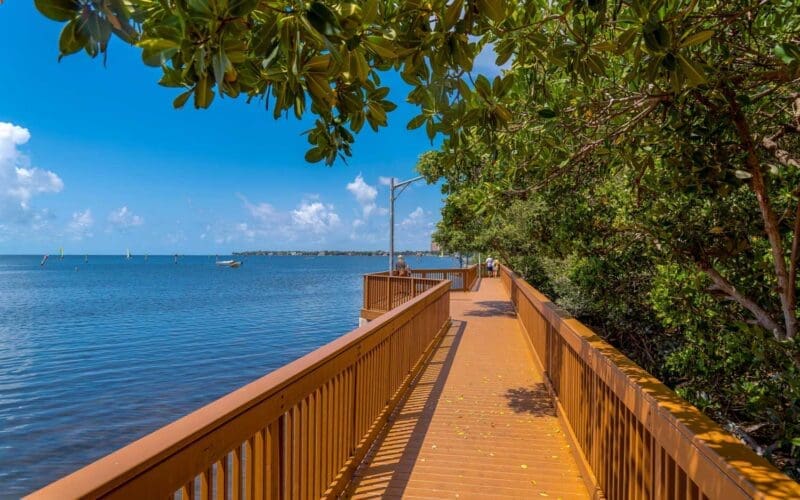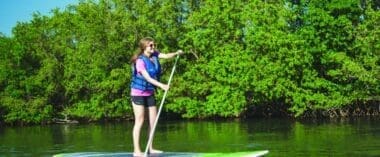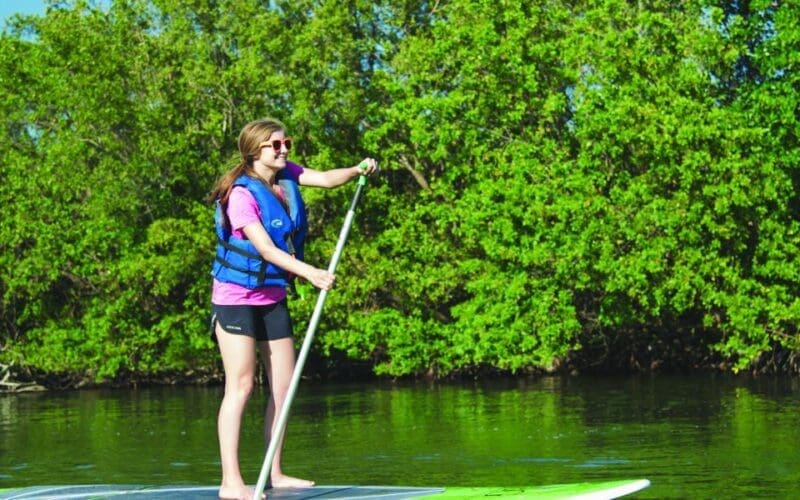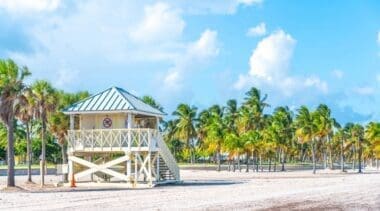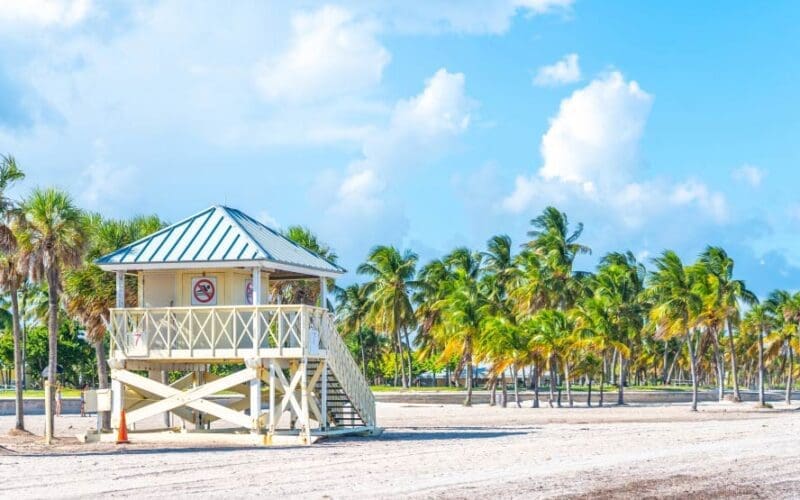For travelers seeking to witness America’s most majestic landscapes, the U.S. National Parks offer an unparalleled adventure across diverse ecosystems, from the geysers of Wyoming to the coral reefs of Florida. This guide highlights the 15 best parks for every type of explorer, detailing where to go, when to visit for optimal conditions, and what essential experiences await. Whether you’re a family planning a summer road trip, a solo hiker chasing solitude, or a wildlife photographer on the hunt for the perfect shot, understanding the unique character of each park is the key to unlocking a truly unforgettable journey into the wild heart of the nation.
The Enduring Allure of America’s Best Idea
Often called “America’s Best Idea,” the National Park System was established to conserve the scenery, natural and historic objects, and wildlife for the enjoyment of future generations. These protected lands are more than just vacation destinations; they are living museums of natural history, bastions of biodiversity, and sanctuaries for the human spirit. They represent a national commitment to preserving the wild, untamed soul of the country.
Visiting a national park is an opportunity to disconnect from the digital world and reconnect with the elemental forces that have shaped our planet. It’s a chance to stand in awe of a billion years of geology carved into a canyon, watch a herd of bison roam freely as they have for centuries, or feel the humbling scale of a giant sequoia tree. Each park tells a unique story, and this list is your starting point for discovering them.
Our Picks for the 15 Best U.S. National Parks
From towering granite cliffs to otherworldly desert arches, these 15 parks showcase the incredible diversity and beauty of the American landscape. We’ve selected them based on their iconic scenery, unique experiences, and overall visitor appeal.
1. Yosemite National Park, California
Yosemite is the grand cathedral of the Sierra Nevada, a breathtaking valley of granite titans, thundering waterfalls, and ancient sequoia groves. Its dramatic landscapes, carved by glaciers, have inspired artists and adventurers for over a century. It is a true icon of the American West.
Best For: Epic scenery, rock climbing, and waterfall hikes.
Don’t Miss: Gazing up at El Capitan from the valley floor, hiking the Mist Trail to Vernal and Nevada Falls, and driving to Glacier Point for a panoramic view of the valley and Half Dome.
When to Go: Spring for peak waterfall flow; fall for fewer crowds and pleasant weather. Summer is popular but requires reservations and patience.
2. Yellowstone National Park, Wyoming, Montana, Idaho
The world’s first national park, Yellowstone is a geothermal wonderland sitting atop a volcanic hot spot. It’s a dynamic, primal landscape of bubbling mud pots, colorful hot springs, and explosive geysers, including the famous Old Faithful. The park is also one of the best places in the world for wildlife viewing.
Best For: Geothermal features, abundant wildlife, and classic family road trips.
Don’t Miss: Watching Old Faithful erupt, marveling at the vibrant colors of Grand Prismatic Spring, and wildlife spotting in the Lamar and Hayden Valleys.
When to Go: Spring and fall offer fewer crowds and active wildlife. Summer is peak season, while winter offers a unique, snow-covered landscape accessible via snowcoach or snowmobile.
3. Grand Canyon National Park, Arizona
No photograph can truly capture the immense scale and grandeur of the Grand Canyon. This geological marvel, carved by the Colorado River over millions of years, is a staggering one mile deep and up to 18 miles wide. Its layered bands of red rock reveal a rich history of Earth itself.
Best For: Awe-inspiring vistas, geology, and challenging hikes.
Don’t Miss: Watching the sunrise or sunset from Mather Point or Yavapai Point on the South Rim, hiking a short way down the Bright Angel Trail, and driving the scenic Desert View Drive.
When to Go: Spring and fall provide the most comfortable temperatures for hiking. The South Rim is open year-round, while the more remote North Rim closes for winter.
4. Zion National Park, Utah
Zion is a park of dramatic contrasts, where a lush, green canyon floor is flanked by towering sandstone cliffs of cream, pink, and red. The Virgin River has sculpted a masterpiece here, creating narrow slot canyons and hanging gardens that feel like a desert oasis. It is Utah’s most visited park for good reason.
Best For: Unique canyon hikes, photography, and adventure.
Don’t Miss: Wading through the Virgin River in The Narrows, hiking to the breathtaking viewpoint of Angels Landing (permit required), and taking the scenic Zion Canyon Shuttle.
When to Go: Spring and fall have ideal weather. Summer is very hot but manageable if you start activities early. A visit in late fall or winter means far fewer people.
5. Glacier National Park, Montana
Known as the “Crown of the Continent,” Glacier is a rugged, alpine paradise of pristine forests, sparkling lakes, and, as its name suggests, active glaciers. Its dramatic peaks and valleys were carved by ice, creating some of the most spectacular mountain scenery in North America. The park’s iconic Going-to-the-Sun Road is an engineering marvel.
Best For: Mountain scenery, epic drives, and grizzly bear sightings.
Don’t Miss: Driving the Going-to-the-Sun Road over Logan Pass, hiking to Grinnell Glacier, and kayaking on the serene Lake McDonald.
When to Go: Late July through mid-September is the short window when the Going-to-the-Sun Road is fully open and the trails are mostly snow-free.
6. Grand Teton National Park, Wyoming
Just south of Yellowstone, Grand Teton offers a completely different but equally stunning mountain experience. The Teton Range erupts dramatically from the valley floor with no foothills, creating a jagged, unforgettable skyline that reflects in the Snake River and numerous glacial lakes. It’s a haven for photographers and mountain lovers.
Best For: Mountain views, wildlife, and water activities.
Don’t Miss: Photographing the classic view from Mormon Row, floating the Snake River, and hiking around Jenny Lake to Hidden Falls and Inspiration Point.
When to Go: Fall offers golden foliage, active wildlife, and fewer visitors. Summer is perfect for hiking and lake activities but is also the busiest time.
7. Arches National Park, Utah
Home to the world’s largest concentration of natural sandstone arches, this park is a geologic fantasy land. Over 2,000 arches, along with soaring pinnacles, massive fins, and giant balanced rocks, create an otherworldly landscape. The fiery red rock glows at sunrise and sunset, making it a photographer’s dream.
Best For: Unique geological formations, short hikes, and stargazing.
Don’t Miss: The moderately challenging hike to Delicate Arch (best at sunset), the easy walk through the Windows Section, and the longer trek through the Devils Garden.
When to Go: Spring and fall offer the most pleasant temperatures. A timed-entry reservation system is in place during peak season to manage crowds.
8. Olympic National Park, Washington
Olympic is like three parks in one. It protects a stunning stretch of Pacific coastline, lush temperate rainforests dripping with moss, and the glacier-capped Olympic Mountains. This incredible diversity of ecosystems in a single park makes it a designated UNESCO World Heritage Site.
Best For: Diverse ecosystems, rainforest hikes, and coastal exploration.
Don’t Miss: Walking through the moss-laden Hall of Mosses in the Hoh Rainforest, exploring the tide pools at Rialto Beach, and driving up to the Hurricane Ridge visitor center for mountain views.
When to Go: Summer provides the best chance for sunny weather and access to all park regions. Spring brings vibrant green to the rainforests.
9. Acadia National Park, Maine
Where the mountains meet the sea, Acadia is the jewel of the North Atlantic coast. It features the highest rocky headlands along the Atlantic, historic carriage roads for biking and walking, and stunning ocean vistas. It’s one of the first places in the United States to see the sunrise.
Best For: Coastal scenery, fall foliage, and family-friendly activities.
Don’t Miss: Watching the sunrise from the top of Cadillac Mountain, driving the scenic Park Loop Road, and walking along the dramatic Ocean Path.
When to Go: Fall is spectacular for its world-renowned foliage. Summer is beautiful but requires a vehicle reservation for Cadillac Mountain.
10. Great Smoky Mountains National Park, North Carolina, Tennessee
America’s most visited national park, the Great Smoky Mountains are named for the blueish haze that often hangs over them. This park is a sanctuary of biodiversity, with ancient mountains, lush forests, and a rich history of Southern Appalachian mountain culture. It is a world-renowned destination for its diversity of plant and animal life.
Best For: Wildflowers, fall colors, and Appalachian culture.
Don’t Miss: Driving to the top of Clingmans Dome for 360-degree views, exploring the historic log buildings in Cades Cove, and hiking a portion of the Appalachian Trail.
When to Go: Spring for the incredible wildflower displays; fall for a symphony of autumn color.
11. Denali National Park and Preserve, Alaska
Denali is a park of immense scale, home to the tallest peak in North America. Its six million acres encompass a wild, subarctic landscape of tundra, taiga forest, and glaciers. A single road penetrates this wilderness, preserving its untamed character and offering visitors a chance to see grizzly bears, moose, caribou, and wolves in their natural habitat.
Best For: Unspoiled wilderness, wildlife viewing, and mountaineering.
Don’t Miss: Taking the park bus tour deep into the park (private vehicles are restricted), looking for the “big five” (grizzly, moose, caribou, wolf, Dall sheep), and hoping for a clear view of Denali itself.
When to Go: The short summer season from June to mid-September is the only time the park road is accessible.
12. Mount Rainier National Park, Washington
An icon of the Washington landscape, Mount Rainier is an active volcano encased in over 35 square miles of snow and ice. The park surrounding it is a paradise of subalpine wildflower meadows, ancient forests, and powerful waterfalls. It offers both challenging climbs for mountaineers and beautiful drives and day hikes for all visitors.
Best For: Wildflower meadows, glacier views, and hiking.
Don’t Miss: The stunning wildflower displays in the Paradise area, the scenic drive to Sunrise (the highest point accessible by vehicle), and hiking the Skyline Trail.
When to Go: Late July and August are peak season for wildflowers. Most of the park is snow-covered for much of the year.
13. Hawaiʻi Volcanoes National Park, Hawaii
This park offers a front-row seat to the raw power of creation and destruction. Located on the Big Island of Hawaii, it is home to two of the world’s most active volcanoes, Kīlauea and Mauna Loa. Visitors can walk through old lava tubes, see steam vents puffing from the earth, and, when conditions are right, witness the spectacular sight of molten lava.
Best For: Active volcanism, unique landscapes, and Hawaiian culture.
Don’t Miss: Driving the Crater Rim Drive, walking through the Thurston Lava Tube (Nāhuku), and checking the park’s website for current eruption viewing opportunities.
When to Go: The park is open year-round with a pleasant climate, but volcanic activity is unpredictable. Always check for the latest conditions.
14. Kenai Fjords National Park, Alaska
Where the ice age lingers, Kenai Fjords is a landscape shaped by glaciers, ice, and ocean. The massive Harding Icefield, one of the largest in the U.S., feeds dozens of tidewater glaciers that carve their way down to the sea, calving icebergs into the fjords with a thunderous roar. The nutrient-rich waters support a staggering amount of marine wildlife.
Best For: Glacier viewing, marine wildlife cruises, and kayaking.
Don’t Miss: Taking a boat tour into the fjords to see calving glaciers and wildlife like whales, sea otters, and puffins. The strenuous hike to the Harding Icefield via the Exit Glacier trail is also a highlight.
When to Go: June through August offers the best weather and longest days for boat tours and wildlife spotting.
15. Everglades National Park, Florida
A vast, slow-moving river of grass, the Everglades is a unique and subtle wetland ecosystem unlike any other in the world. This UNESCO World Heritage site protects the critical habitat for numerous rare and endangered species, including the American crocodile, the Florida panther, and the West Indian manatee. It’s a birder’s paradise and a testament to the importance of wetland conservation.
Best For: Birdwatching, unique ecosystems, and wildlife encounters.
Don’t Miss: An airboat tour on the outskirts of the park, walking the Anhinga Trail to see alligators and wading birds up close, and kayaking through the mangrove tunnels of the Nine Mile Pond Canoe Trail.
When to Go: The dry season (December to April) is best, with more pleasant temperatures, fewer mosquitoes, and wildlife concentrated around remaining water sources.
Essential Tips for Planning Your Park Adventure
A successful trip to a national park, especially a popular one, requires planning. With visitation numbers at an all-time high, booking well in advance and understanding park-specific regulations is more important than ever.
Making Reservations and Beating the Crowds
For popular parks like Yosemite, Zion, and Glacier, in-park lodging and campgrounds can book up six months to a year in advance. Many parks now also require timed-entry reservations just to enter the park during peak hours. Check the official park website on NPS.gov for the most current information on reservations, road closures, and trail conditions before you go.
The “America the Beautiful” Pass: Your Golden Ticket
If you plan to visit multiple national parks within a year, the “America the Beautiful” annual pass is an excellent value. For a single fee, it grants access to more than 2,000 federal recreation sites, including all national parks, for a driver and all passengers in a personal vehicle. It often pays for itself after visiting just two or three parks.
Staying Safe and Practicing “Leave No Trace”
These are wild places, and safety should be a top priority. Always carry more water than you think you’ll need, especially in desert parks. Be “wildlife aware” by maintaining a safe distance and never feeding animals. Finally, practice the seven principles of Leave No Trace: plan ahead, travel on durable surfaces, dispose of waste properly, leave what you find, minimize campfire impacts, respect wildlife, and be considerate of other visitors. These principles help ensure the parks remain pristine for generations to come.
The national parks are a shared inheritance, a collection of the nation’s most precious natural and cultural jewels. They offer a boundless source of recreation, education, and inspiration. Exploring them is not just a vacation; it’s an investment in wonder and a reminder of the wild beauty that is essential to the American spirit. So pack your bags, choose your adventure, and go make some memories.


